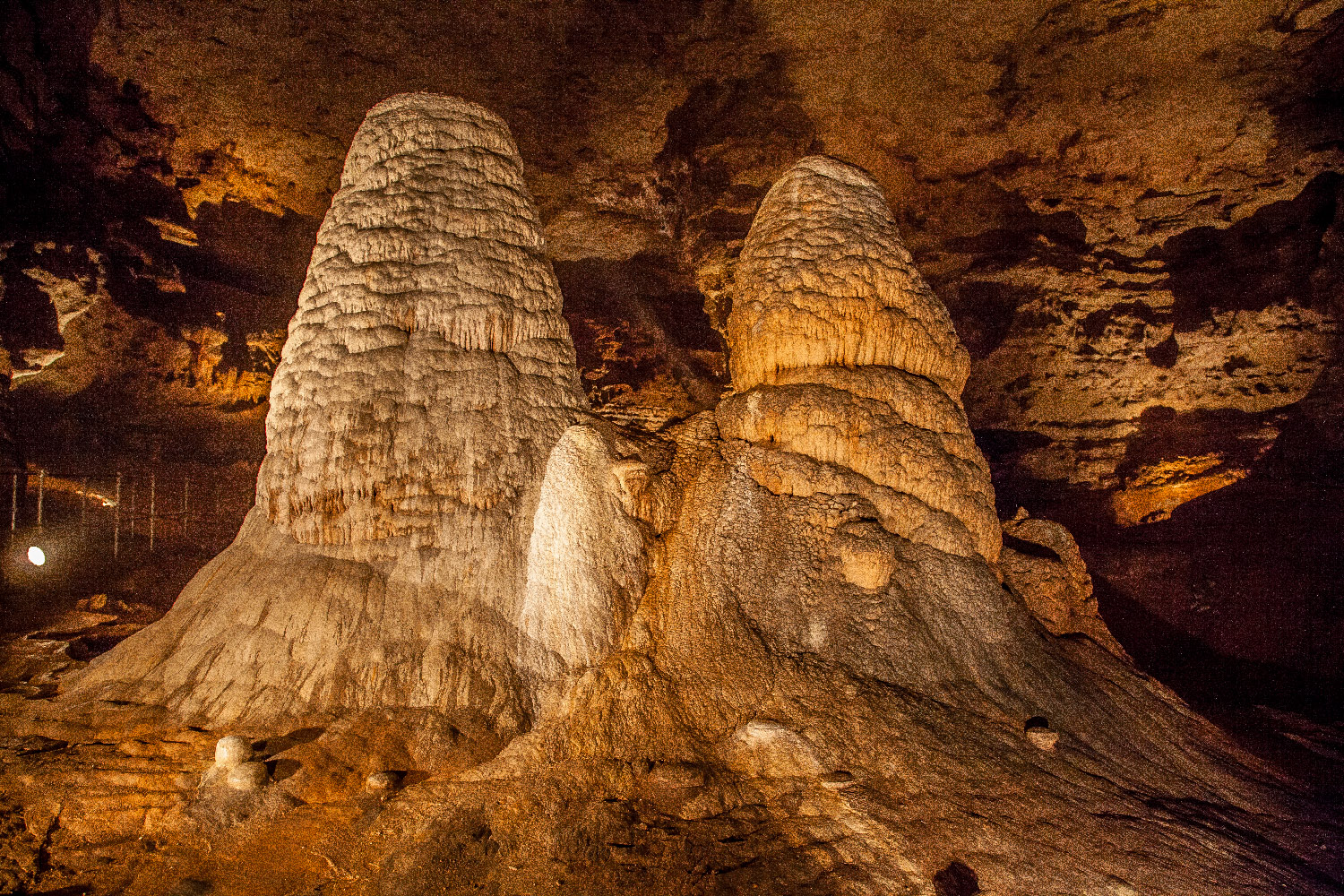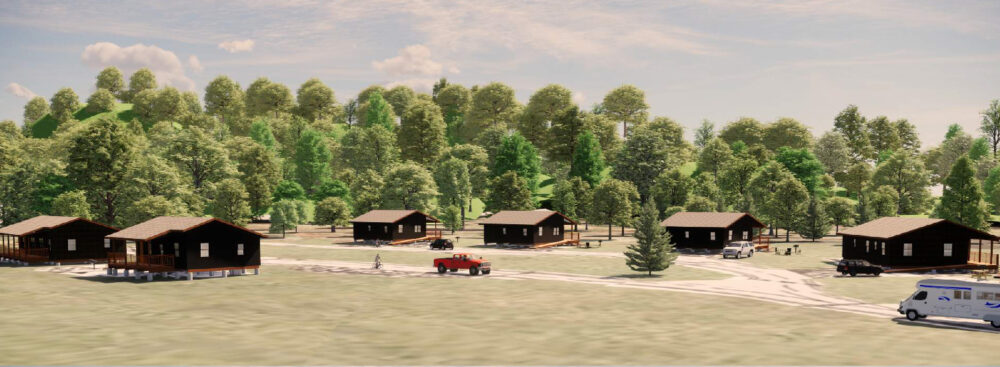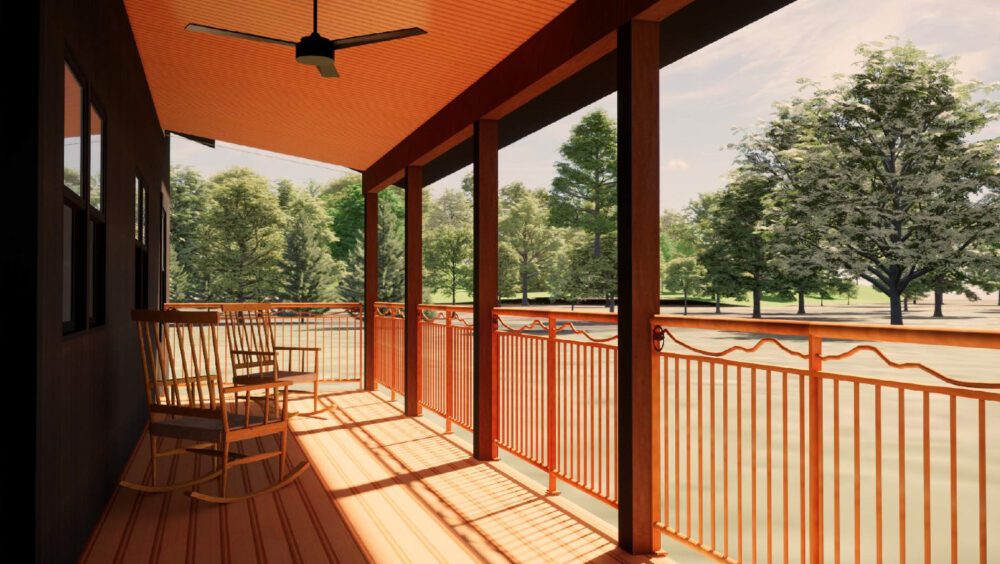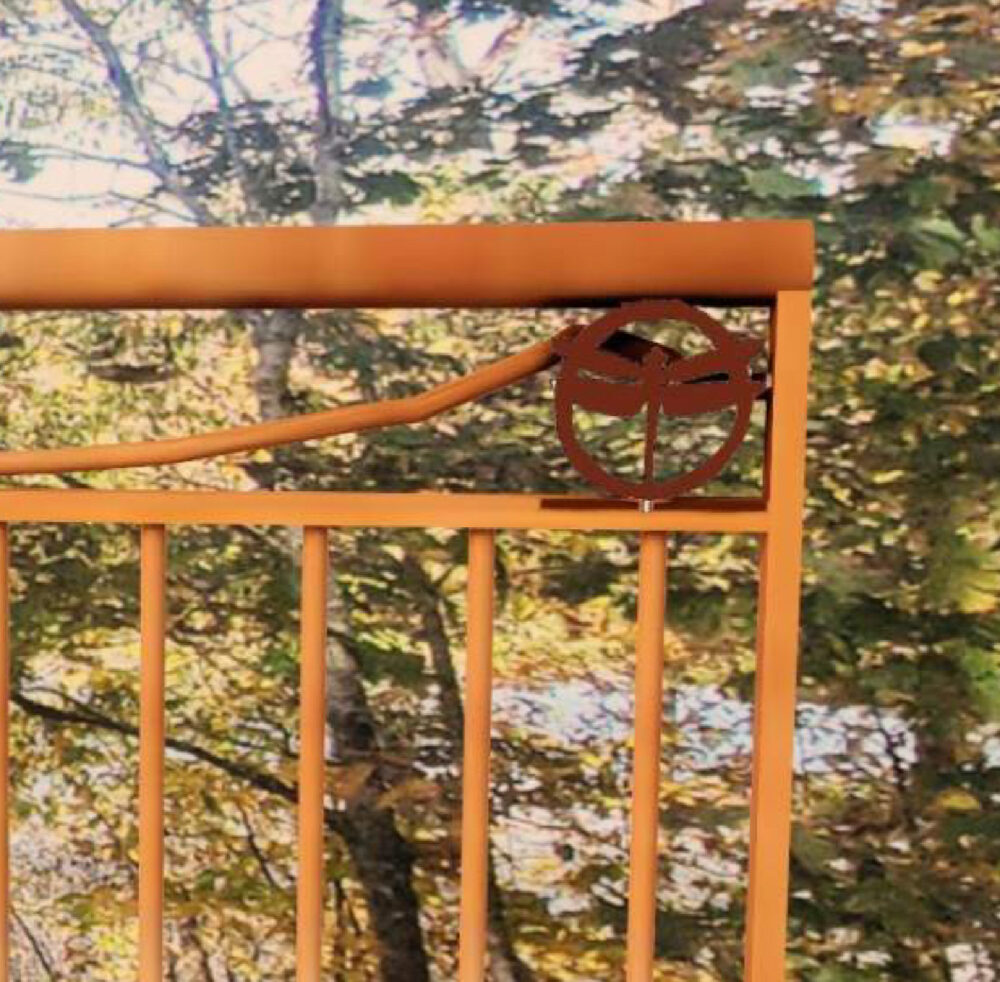Onondaga Cave State Park will be modernizing its deteriorating electrical system, to include a new LED lighting system, thanks to money from revenue bonds. The new lighting system will save on electric costs, as well as better protect the cave’s natural resources.
MoDNR photo by Ben Nickelson
Published by
on
Visitors talk and we listen! Camping and lodging occupancy at the parks is increasing, and the number of campers wanting sites with robust amenities is rising. Selling revenue bonds helps meet the demand for increased lodging and upgraded campgrounds in our parks.
Revenue bonds fund public projects that ultimately repay investors with income created after the work is completed. By selling revenue bonds, the parks can fund much-needed park improvement projects that our visitors have requested.
Missouri State Parks is always working to improve and enhance campgrounds, facilities and natural and cultural resources for the benefit of our guests. Some of the most requested amenities include 50-amp electric service and sewer and water hookups in campgrounds. So in response, the revenue bond project proposals include campground expansion, full-service cabins, camper cabins and yurts.
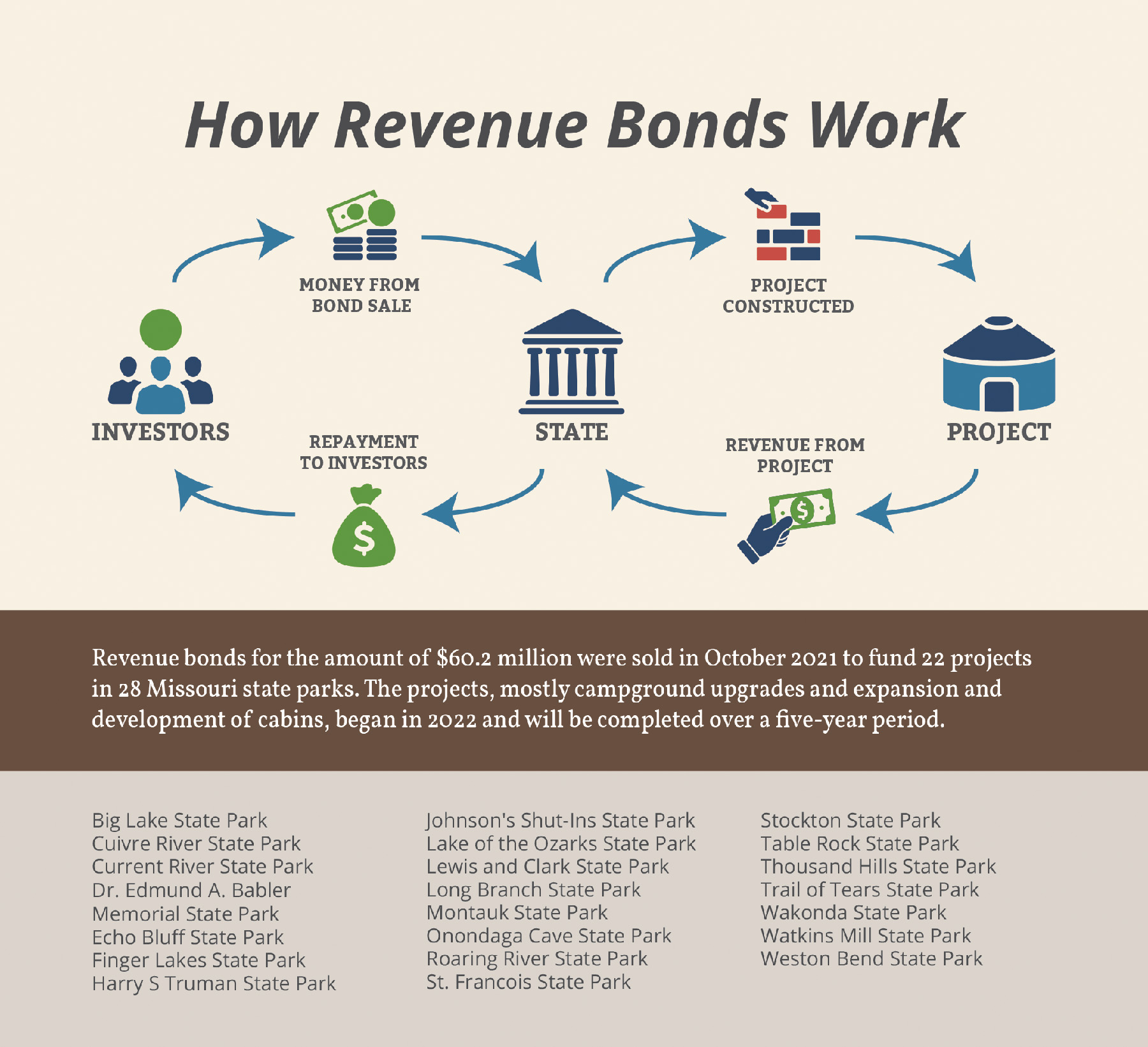
“Most of these projects can be divided into two main categories: campground upgrades and expansion, and the development of new cabins,” said David Kelly, director of Missouri State Parks. “These projects came about using occupancy data for camping and lodging, park recommendations and most importantly, visitor comments.
“Projects are continually added to the list of capital improvements,” Kelly said. “Historically, the sale of revenue bonds has helped meet the public demand for camping and lodging facilities. It’s actually a pretty common occurrence and we used them in the 1960s, 1970s and 1980s.”
On Oct. 19, 2021, Missouri State Parks sold revenue bonds totaling $60.2 million. This money will help fund 28 projects at 22 different parks throughout the state. The total estimated cost for all of these projects is $68 million over a five-year period. Project details are under development and the proposed schedule is flexible, changing as needed. Outdoor recreational grant funding helps cover the difference between the bond funds and the projected costs.
“The projects are all expected to create revenue, which is intended to cover the renovation and upgrade costs,” said Kelly. “The concept of revenue bonds is that the projects will generate revenue, paying back the bond.”
The upcoming projects are in the design phase. It takes some time to get them planned, designed and constructed, so visitors should not expect to see improvements happen overnight.
The cabin construction project at Johnson’s Shut-Ins State Park is about to begin. A market analysis completed by the Missouri Department of Natural Resources last year found limited full-service lodging facilities within 25 miles of the park. In an effort to meet visitor demand, six new full-service cabins will be built. There are currently only six camper cabins at Johnson’s Shut-Ins State Park.
Replacement of the electrical system in the popular cave at Onondaga Cave State Park is also slated to begin this year. A National Natural Landmark, the cave’s current electrical and lighting system is at the end of its useful life. Without a new lighting system, the cave’s touring operations are in jeopardy. A new LED lighting system will replace the current failing incandescent lighting system and save money on the utility budget. The new system will also better protect the cave’s natural resources.
Other construction projects will start at two campgrounds with the highest occupancy in the state. The first project creates a new campground loop at Montauk State Park, with 32 spots that will include 50-amp electric service and sewer and water hookups, as well as the construction of a small shower house. At Roaring River State Park, repairs and renovations will begin on 30 campsites to add 50-amp electric service, sewer and water hookups, and the construction of a small shower house in an underutilized loop of Campground 3.
For more information on revenue bonds and planned improvements at Missouri’s state parks and historic sites, visit the Missouri State Parks website.

